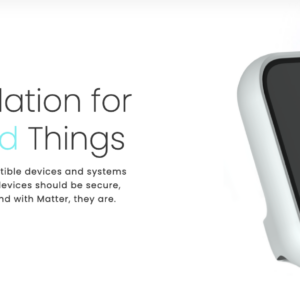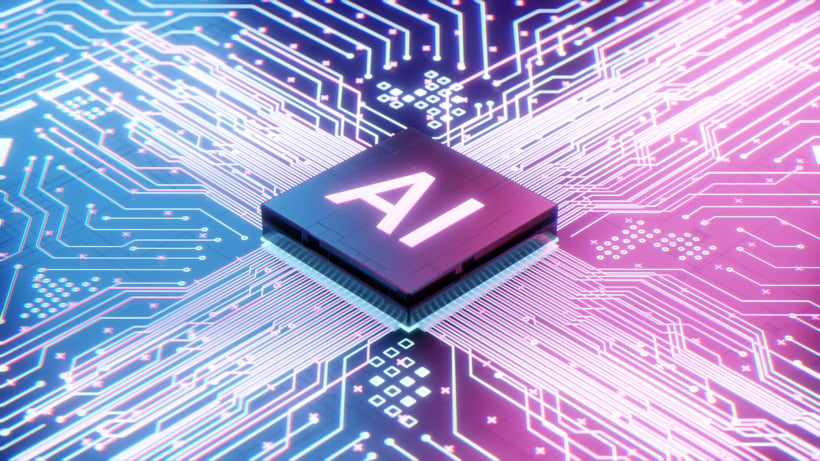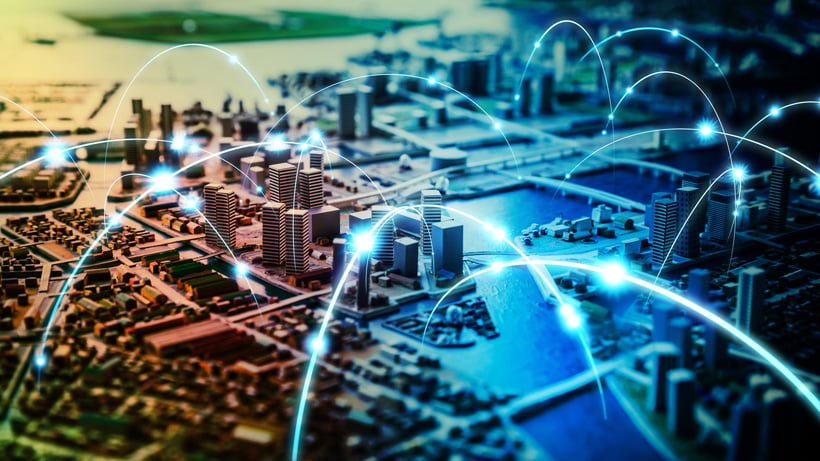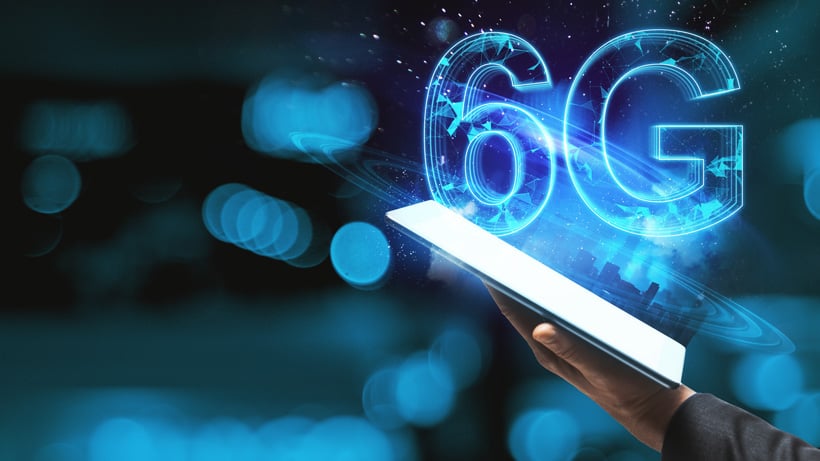What is 6G? Key Differences from 5G, Expected Innovations, and Commercial Launch Timeline
【この記事にはPRを含む場合があります】

In recent years, communication technology has improved a lot. 5G communication has caused major changes in society because it allows for high-speed communication and low latency. However, they are still changing.
The next generation of communication technology, called “6G communication“, is becoming more popular. The next generation of internet, 6G, is expected to bring big changes to many fields. It will be much faster than 5G, with very low delay, and will be able to connect a lot more devices. It will also be much more reliable.
In this article, we will explain what 6G communication is, how it is different from 5G communication, what its effects will be, and when it will be available.

- What is 6G Communication?
- Differences from 5G Communication
- Background of Expectations for 6G Communication
- 5G Advanced is Also Scheduled to Appear
- Features of 6G Communication
- Super-fast, high-capacity communication
- Super-fast connection
- Massive Connectivity
- Ultra-High-Reliability Communication
- High-Precision Positioning
- Collaboration with AI and Machine Learning
- What Will Be Realized with 6G Communication
- When Will 6G Communication Be Commercially Available?
- Attention on the Future of 6G
What is 6G Communication?

6G communication is short for 6th Generation Mobile Communication System.
The International Telecommunication Union (ITU) is working to create a standard for 6G communication. They hope to have it ready for commercial use by 2030.
6G communication is expected to bring new ideas to many areas by achieving faster communication speeds, lower latency, greater connectivity, and higher reliability than 5G communication.
Differences from 5G Communication
The main differences between 6G communication and 5G communication are as follows.
| Item | 5G Communication | 6G Communication |
| Communication Speed | Up to 10 Gbps | Up to 1 Tbps (1000 times) |
| Latency | Less than 1 millisecond | Less than 1 microsecond (1000 times) |
| Number of Connections | 1 million devices per square kilometer | 1 billion devices per square kilometer (100 times) |
| Reliability | 99.999% | 99.99999% (10 times) |
6G communication features communication speeds 1000 times faster, latency 1000 times shorter, the ability to connect 100 times more devices, and reliability 10 times higher than 5G communication.

Background of Expectations for 6G Communication
There are three main reasons why 6G communication is highly anticipated:
- Problems with 5G Communication: While 5G communication achieves high-speed communication and low latency, it still needs to improve.
- Changes in Society: The development of technologies such as the Internet of Things (IoT), big data, and artificial intelligence (AI) is creating a need for enormous amounts of data communication.
- People want new services: There is a growing need for new services such as self-driving cars, virtual reality, and the metaverse.
The technology behind 6G communication is expected to help solve these challenges and create new services.
5G Advanced is Also Scheduled to Appear
Before 6G communication is used on a large scale, a technology called “5G Advanced” will be introduced. This technology will improve upon 5G communication.
5G Advanced will be faster, more reliable, and more connected than 5G by using some of the same technologies as 6G.
5G Advanced is expected to be available for sale around 2028.

Features of 6G Communication

6G communication has even higher speeds, lower latency, greater connectivity, and higher reliability than 5G communication. It also has various other features.
Super-fast, high-capacity communication
It can transmit data at an astonishing rate of 1 Tbps (1000 Gbps), which is 1000 times faster than 5G and 1 million times faster than 4G. High-quality videos, VR content streaming, and large data downloads will be possible instantly.
Super-fast connection
It has an extremely short delay of less than 1 microsecond, which is 1000 times shorter than 5G communication. This is great for real-time communication and remote control, making things better in fields like self-driving cars and medical surgery.
Massive Connectivity
It allows for the connection of a huge number of devices—1 billion per square kilometer—which is 100 times more than 5G communication. Even though there are more and more IoT devices and sensor networks, we will still be able to communicate reliably.
Ultra-High-Reliability Communication
It’s extremely reliable, with a 99.99999% success rate, which is 10 times better than 5G. Problems communicating and errors are very rare, so it’s safe to use for important infrastructure and medical systems.
High-Precision Positioning
It provides highly accurate location information, with a precision of up to centimeters. This will make things more efficient and safer in fields such as self-driving cars and managing logistics.
Collaboration with AI and Machine Learning
By working together with AI and machine learning technologies, 6G can automate and improve networks. This helps improve communication quality and makes cybersecurity better.
These features mean that 6G communication could lead to new developments in many areas and make major changes in society.

What Will Be Realized with 6G Communication

The arrival of 6G is expected to lead to new developments in many fields.
Autonomous Driving
6G communication will make it safer and more comfortable to drive a car without a driver. It will have very low latency and high reliability. It will allow users to understand the surrounding conditions in real time, enabling them to make decisions and take actions quickly.
Virtual reality
6G will make virtual reality experiences more realistic and immersive. It will have ultra-high speeds, large storage capacity, and low latency. High-quality images and two-way communication will make it feel as if you are actually there.
Metaverse
6G communication will be very reliable and easy to use. This will allow us to create larger and more complex metaverse spaces. Many users will be able to connect at the same time and interact in real time.
Medical Field
With the ultra-low latency and high-precision positioning of 6G communication, medical services such as remote surgery and telemedicine will become more accessible. We will be able to provide advanced medical technologies without being limited by location or time.
Education
Thanks to 6G’s ultra-high speeds and large data storage capacity, online education will become more immersive. High-quality images and interactive communication will allow us to provide each student with the best education possible.
Manufacturing Industry
The next generation of wireless technology, 6G, will enable smart factories to become a reality. It will be easier to monitor and control production lines in real time, and it will be easier to work with robots. This will improve productivity and safety.
Energy
6G communication will make it easier to build smart grids. Renewable energy sources like solar and wind power can be used more efficiently to provide a steady supply of energy.
6G communication has the potential to bring new ideas to many fields and greatly change our lives.

When Will 6G Communication Be Commercially Available?

The commercial launch of 6G communication is expected to begin after 2030. Right now, the technology is still being developed and made more consistent. We don’t have a set schedule yet.
However, research and development are speeding up around the world. Some services may start as early as around 2028. The development of 6G communication is moving forward. It is becoming more practical. There are still some challenges, but they are being overcome.
Problems with 6G Communication
To make 6G communication a reality, we need to address the following challenges:
- Technical Challenges: Development of technologies to achieve high-speed communication, low latency, massive connectivity, and high reliability is required.
- Securing Frequency Bands: It is necessary to secure wide frequency bands required for 6G communication.
- Infrastructure Development: Communication infrastructure compatible with 6G communication must be developed.
- International Standardization: International standardization of 6G communication needs to be promoted.
- Security Measures: Advanced security measures for 6G communication must be implemented.
To overcome these challenges, it is important for governments, private companies, and research institutions to work together closely.
Toward the Realization of 6G Communication
Research and development for 6G communication is happening now around the world.
In Japan, the Ministry of Internal Affairs and Communications has created the “Beyond 5G Promotion Strategy” and is supporting research and development of 6G communication.
Private companies like NTT DOCOMO, KDDI, and SoftBank are also working on 6G communication technology. 6G communication is expected to overcome various challenges and be used in practice.
Attention on the Future of 6G

6G communication is expected to be even faster than 5G, with lower latency and greater reliability. This will drive innovation in various fields.
The development of 6G communication could greatly change fields like autonomous driving, virtual reality, the metaverse, medical care, education, manufacturing, and energy.
The global research and development of 6G communication is speeding up. It is expected that 6G will be used in practice after 2030, but some services may start as early as around 2028. 6G communication is a new type of technology that has the potential to change our lives in big ways. Let’s keep an eye on what happens in the future.



